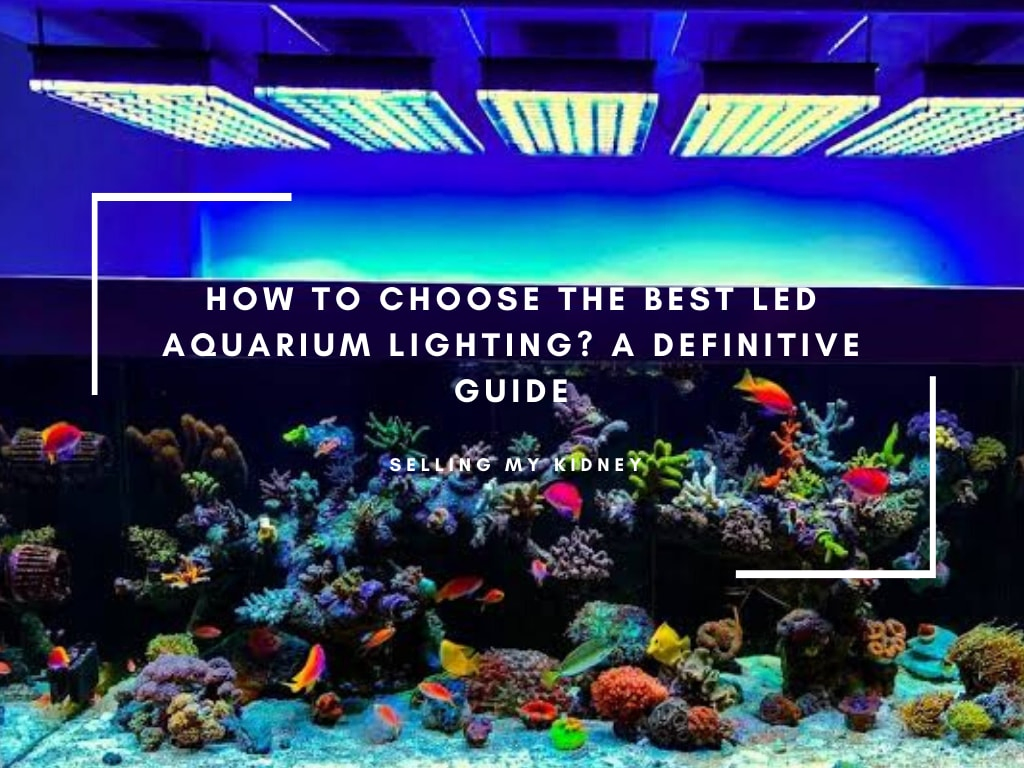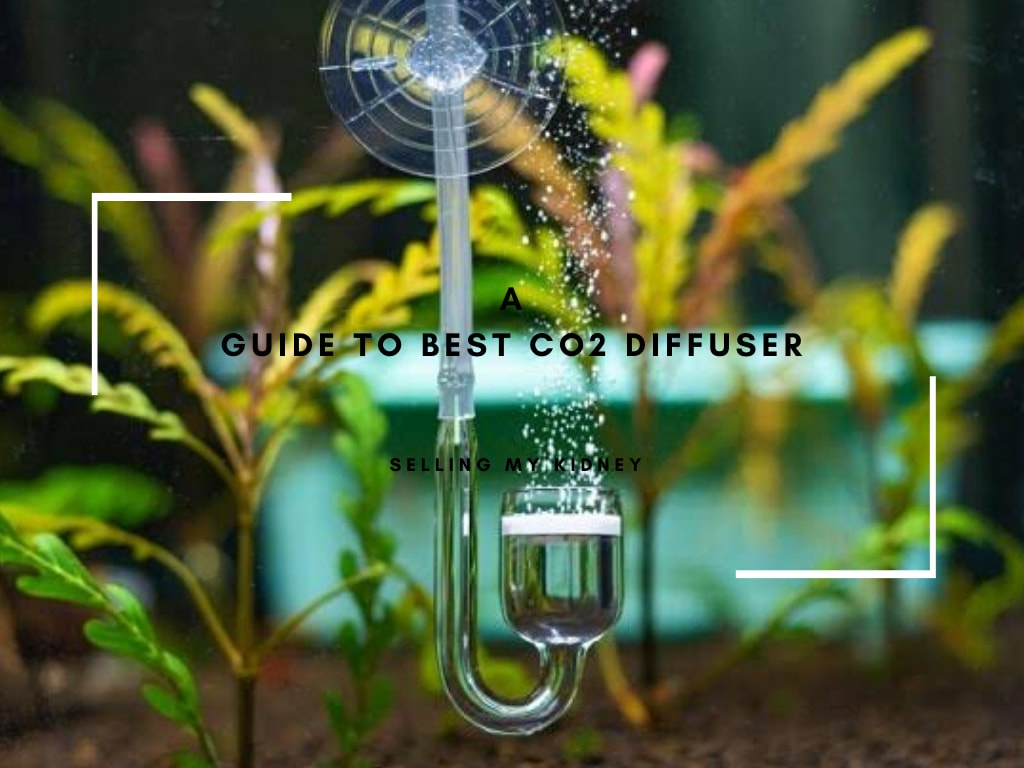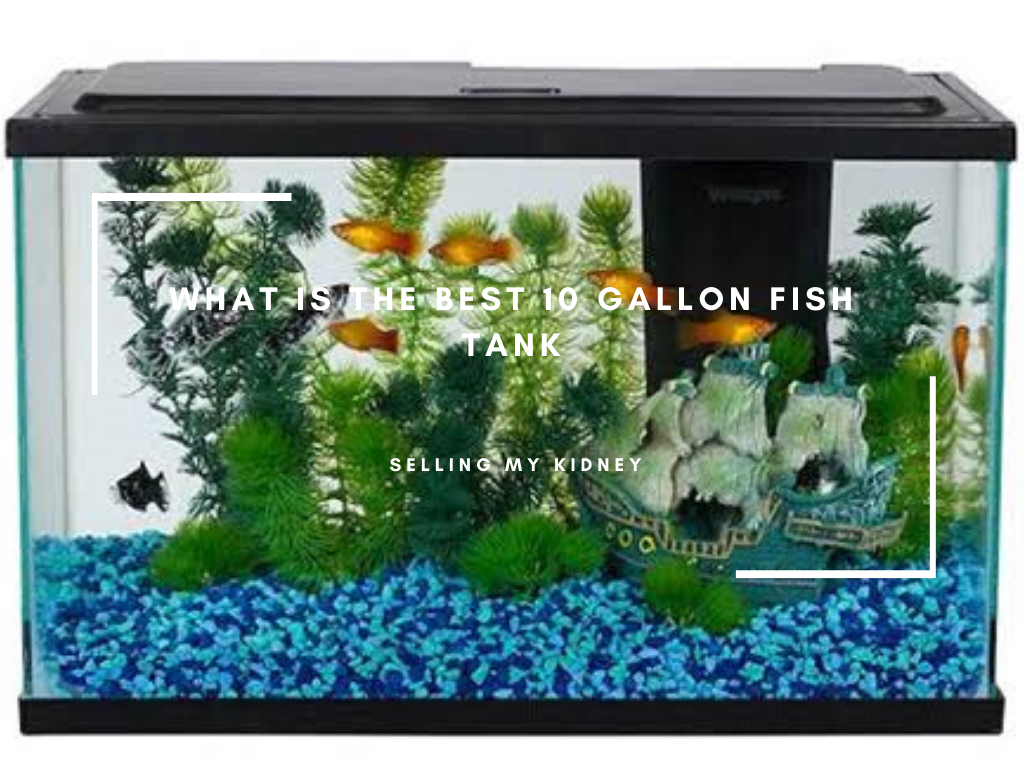Yes, aquarium filters can cause bubbles!
This is a common problem for many fish tank owners.
Bubbles in an aquarium are usually caused by air being sucked into the filter intake or from water splashing against the surface of your tank and creating tiny pockets of air that rise to the top.
The most effective way to reduce bubble production is to adjust your filtration system so it doesn’t suck up too much air.
However, there are other solutions as well:
- Using de-aeration stones.
- Adding more plants (which absorb oxygen)and.
- Reducing agitation at the surface with lids/covers on tanks.
Also, ensure you don’t overfeed your fish which will create excess waste leading to increased levels of dissolved gases like nitrogen dioxide.
Having a small number of bubbles isn’t necessarily bad.
Still, if they become excessive, this could indicate that something else needs attention within your setup – such as poor circulation or inadequate aeration.
So it should be addressed promptly before further damage occurs!
What Causes Bubbles In An Aquarium Filter?
Bubbles in an aquarium filter are caused by air being drawn into the water.
This can happen for a few reasons:
- The pump is too powerful and creates suction that draws air through any small openings or cracks;
- There’s not enough water to fill up the entire system, so there isn’t enough pressure on it to keep out all of the air;
- A leaky seal around one of your pipes allows outside air to enter;
- Your intake tube has been placed too close to the surface, allowing more oxygen-rich bubbles from above ground level.
To prevent these issues, you should regularly check for leaks and make sure everything is sealed properly.
You also need to ensure that your pump size matches the tank volume. If it’s too big, reduce its power output accordingly!
Finally, be mindful when positioning tubes near surfaces, as this could cause unwanted bubble formation within filters.
Are Bubbles In An Aquarium Filter Harmful?
Bubbles in an aquarium filter can be both beneficial and harmful.
On the one hand, they help to oxygenate water which is essential for fish health; on the other hand, too many bubbles can cause problems such as:
- Decreased filtration efficiency due to air pockets blocking the flow of water through media
- Increased stress levels among fish from loud noise caused by bubbling action
- Potential damage or clogging of equipment like pumps and filters if not monitored closely
You must keep a close eye on your bubble production so it doesn’t get out of control.
Here are some tips for managing them effectively:
- Check all connections regularly – make sure there aren’t any leaks causing extra bubbles
- Adjust pump settings accordingly – reduce speed/flow rate if necessary
- Use airstones sparingly – only use them when absolutely needed
In conclusion, bubbles in an aquarium filter may have their benefits.
However, monitoring them carefully is best since excessive amounts could lead to serious issues with your tank setup!
How To Troubleshoot And Fix Bubbles In An Aquarium Filter?
Troubleshooting and fixing bubbles in an aquarium filter can be a tricky task.
Here are some tips to help you out:
- Check the air intake valve on your filter – it may need adjusting or replacing if too much pressure is coming through.
- Ensure all hoses, tubes, and connections between components are secure.
- Clean any debris from around the impeller area that could cause blockages.
- Inspect for cracks or leaks in the tubing, which might allow air into your system.
- Check water levels – low water levels will create more suction power than necessary, causing excessive bubbling.
- Replace worn-out parts such as gaskets and seals.
- Ensure no other equipment (such as pumps) connected to your tank creates extra turbulence leading to bubble formation.
- Finally, check with manufacturer instructions regarding maintenance requirements specific to each model of filter used.
With these steps followed carefully, you should successfully troubleshoot and fix bubbles in an aquarium filter!
Can An Aquarium Filter Be Adjusted To Prevent Bubbles?
Yes, an aquarium filter can be adjusted to prevent bubbles.
Here are some tips:
- Check the water level in your tank – ensure it is not too high or low. This will help reduce bubble formation.
- Ensure all the airlines and tubing connected to your filter system are properly sealed so no air leaks into the tank.
- Adjusting the flow rate on a powerhead pump may also minimize bubbling by reducing turbulence within the aquarium environment.
- If you have a hang-on back (HOB) filtration unit, adjust its intake tube lower towards the substrate surface. This should decrease the number of bubbles entering from HOB’s output nozzle area significantly! Aim to lower it as much as possible without blocking other components, such as heaters or pumps.
If none of these methods works, consider adding other mechanical media like sponge filters.
It works great at trapping small particles, including tiny gas pockets, before reaching the main body water column itself, thus eliminating them altogether.
How To Tell If The Bubbles In Your Aquarium Filter Are Normal Or A Problem?
If you have an aquarium filter, it’s important to check the bubbles regularly.
Here are some tips on how to tell if your bubble levels are normal or a problem:
- Look for consistent bubbling – If there is no change in the number of bubbles over time, this could be a sign that something isn’t working properly and needs attention.
- Check for air leaks – Air leaking from any part of the system can cause excessive bubbling. Which should not happen normally.
- Listen carefully – Bubbles should make little noise when they break at the surface. However, loud popping noises may indicate too much pressure within your filtration system and need adjusting.
- Monitor water clarity – Cloudy or murky water often indicates problems with filters, such as clogged media or blocked pipes leading into them. That causes poor circulation throughout tank systems and inadequate oxygenation due to a lack of movement throughout the tank’s environment.
- Watch fish behaviour – Fish will act differently depending on their surroundings. So pay close attention if they seem stressed by increased activity around areas where filtering occurs, like near pumps.
This could mean the flow rate has been set incorrectly or debris built up inside tubes/pipes blocking the adequate passageway. Thus reducing efficiency overall performance-wise.
Conclusion: Can Aquarium Filter Cause Bubbles?
In conclusion, aquarium filter bubbles can be beneficial to the health of your fish and tank.
They help oxygenate the water, remove toxins, and keep debris out.
However, too many bubbles in an aquarium can cause problems such as:
- Decreased visibility due to cloudiness
- Increased levels of nitrates which could lead to algae growth,
- Or even a decreased pH level if not monitored properly.
Therefore you must monitor bubble production closely when using filters for your tanks. So that they do not become excessive or harmful!
These benefits outweigh any potential risks associated with having too much bubbling action inside our aquaria.
But this decision should come down to personal preference based upon what works best for each individual’s setup!




